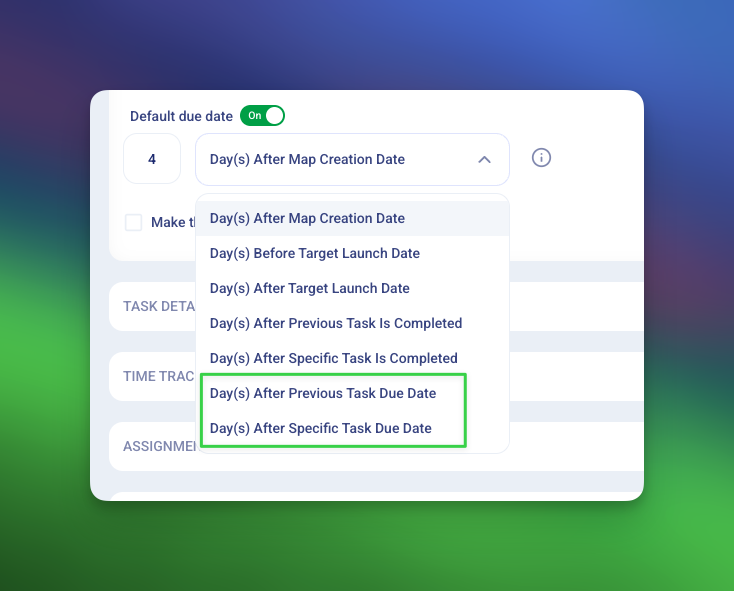Data Onboarding: A Key Step When Onboarding New Customers

You’ve just completed the sales process and landed the new customer. Congrats! Fast forward a few months and all the work has gone for naught: the customer is no longer using your product. What happened? A poor onboarding experience could be the culprit. A survey found that 26% of customer churn is caused by a failure to properly onboard a new customer – the top reason by far.
While the team at Onboard.io is working to remedy this problem by helping you organize, automate, and manage client onboarding from handoff to launch, there’s another key piece to the customer onboarding puzzle. Data onboarding.
The Importance of Data Onboarding
A key step during onboarding - and one that is most often overlooked - is data onboarding. For businesses selling a software product, data onboarding - the process of uploading a customer’s required data to a new product to enable end users to successfully use that new purchase – is critical. The entire onboarding process can’t move forward without customer data. Customers can’t use or get value from your product or service if their data doesn’t get migrated properly. They can’t set up marketing automation without their leads. They can’t sell ecommerce products without SKUs. They can’t run payroll without accurate employee profiles.
Importing customer data, whether from CSV or Excel files, for example is a problematic and messy process. For starters, most businesses rely on their customers to upload their data into the product - which never goes well. Customers are provided with spreadsheet templates, lengthy explainer videos, or FAQ docs and are immediately frustrated by the process once error messages pop up because their data didn’t upload properly. Messages like “Invalid data for field” or “Missing required field” isn’t something companies want their customers to experience as they’re just getting up and running with the product.

While data onboarding is clearly a pain point for customers trying to import their data, businesses aren’t dedicating enough time and resources to solve the challenge. Product and engineering teams are often asked to simply cobble together a custom data importer. Building out what they deem as a peripheral feature doesn’t get nearly enough attention as a data importer isn’t core to the product the team is building. In addition to product and engineering teams, support teams are hit especially hard since customers are constantly reaching out for help importing their data. When the error messages start popping up, the support team gets inundated.
Messy data, edge cases, encoding formats and non-technical users all present significant data onboarding problems and overcoming these challenges is time-consuming and resource-draining. Data onboarding can quickly derail the overall customer onboarding process.
Automating the Data Onboarding Process
To accelerate the data onboarding process, many companies are starting to leverage third-party data onboarding solutions. A data onboarding platform ensures that customer data is imported seamlessly (and won’t require the intervention of highly paid engineers!)
Flatfile is one such platform that helps users streamline the data migration process. Customers can set a target model for data validation, allowing users to match incoming file data. The solution provides a structure that learns over time exactly how data should be formatted - saving time and making the overall data onboarding process much more efficient. Data normalization and validation features ensure that imported data is clean and ready to use.
According to the Flatfile State of Data Onboarding report, most companies (more than 50 percent) need to import customer data at least once a day and yet three quarters of businesses surveyed reported that they run into issues when it comes time to onboard that data. A data onboarding platform allows Customer Success Managers and implementation teams to deliver the highest quality service while saving tremendous amounts of time on data migration. These onboarding teams can focus their efforts on building strong relationships with new customers as opposed to figuring out how to get their messy data into the platform.
Remember, the first 90 days with a new customer can mean renewal or churn. Improve your odds and focus on providing the best customer onboarding experience possible and that includes data onboarding.





.png)


